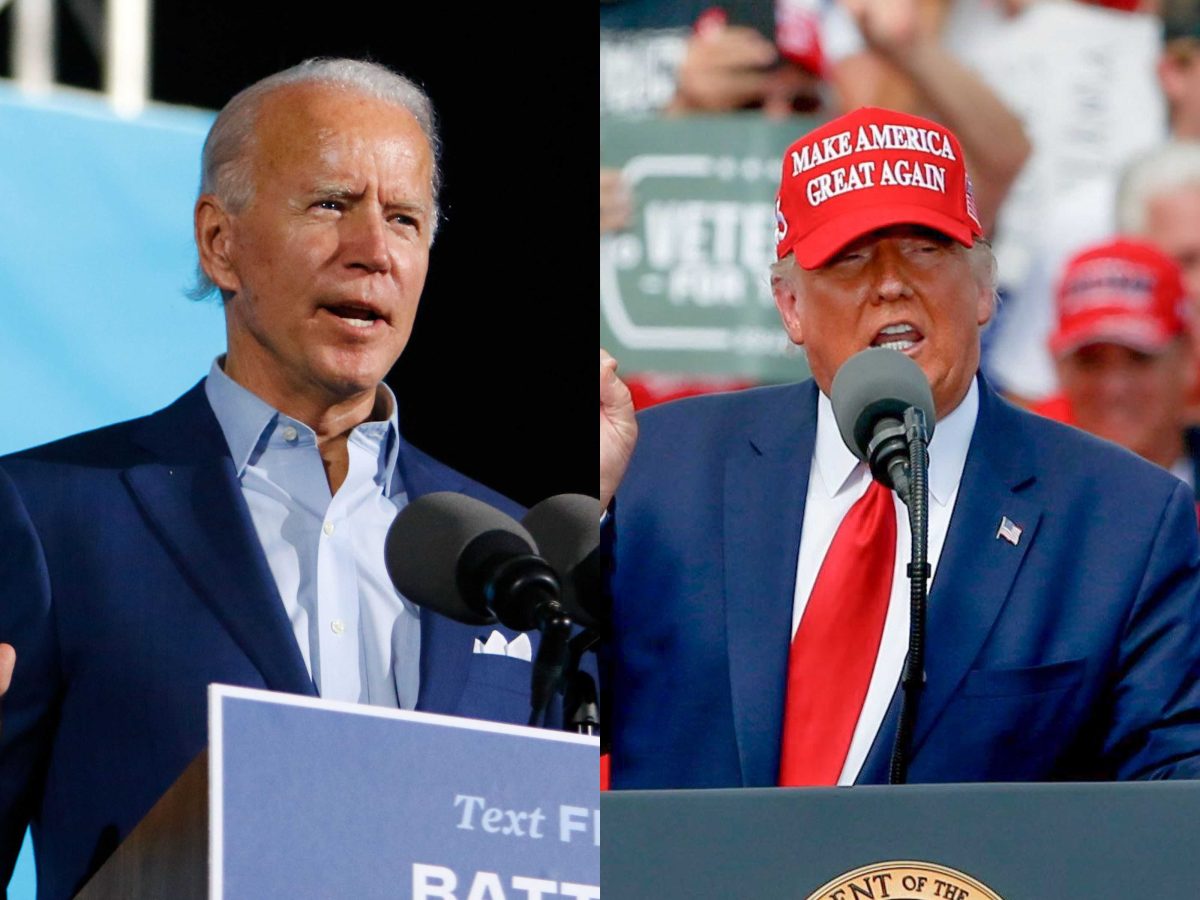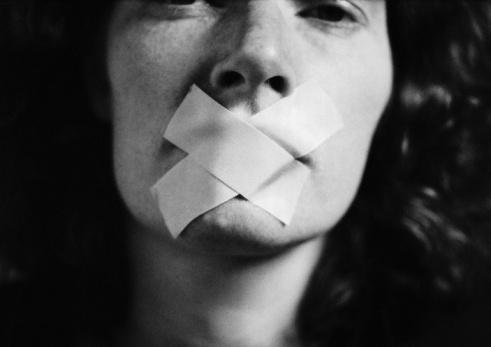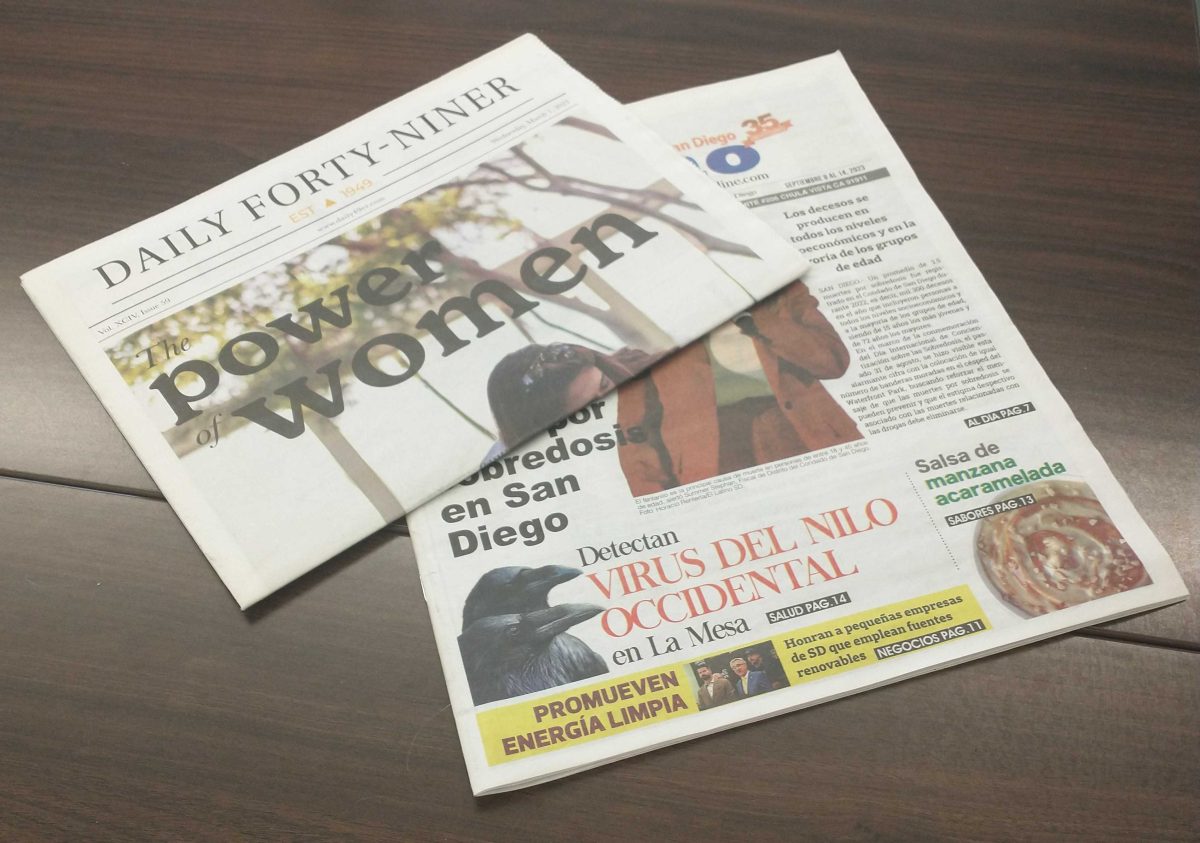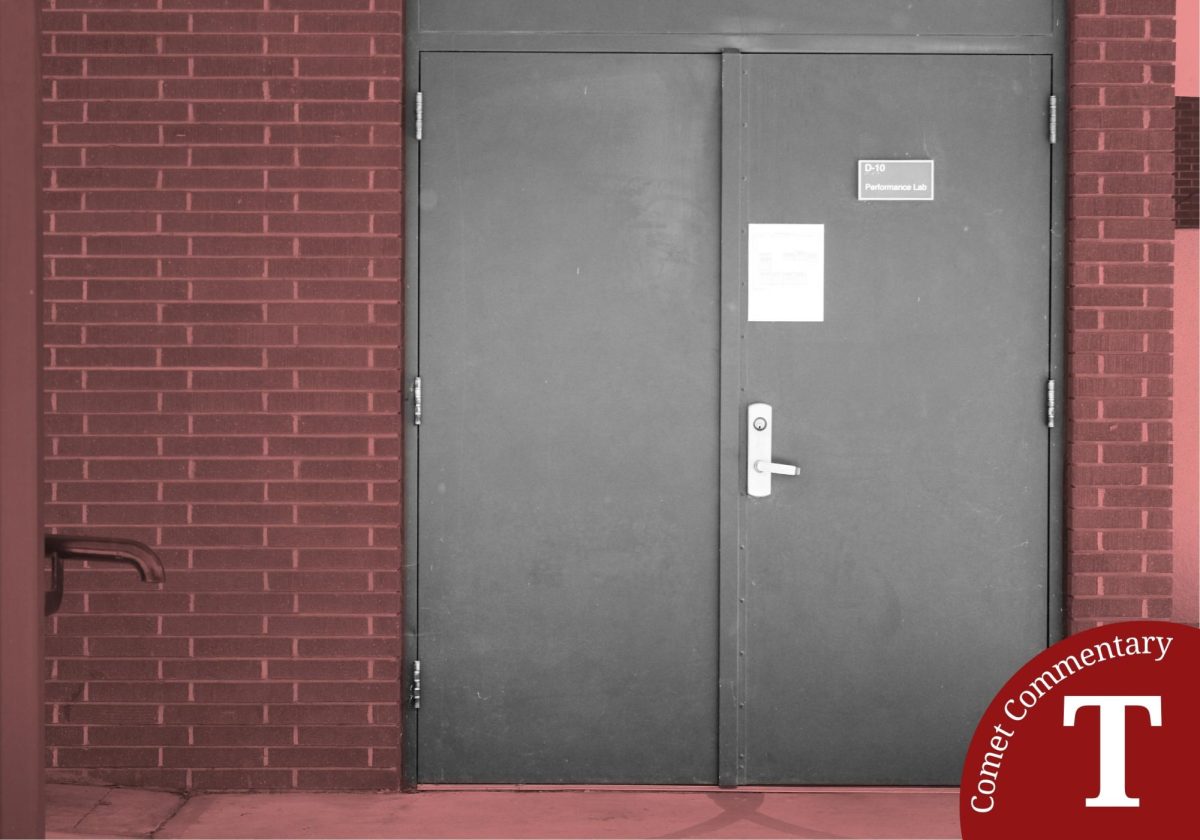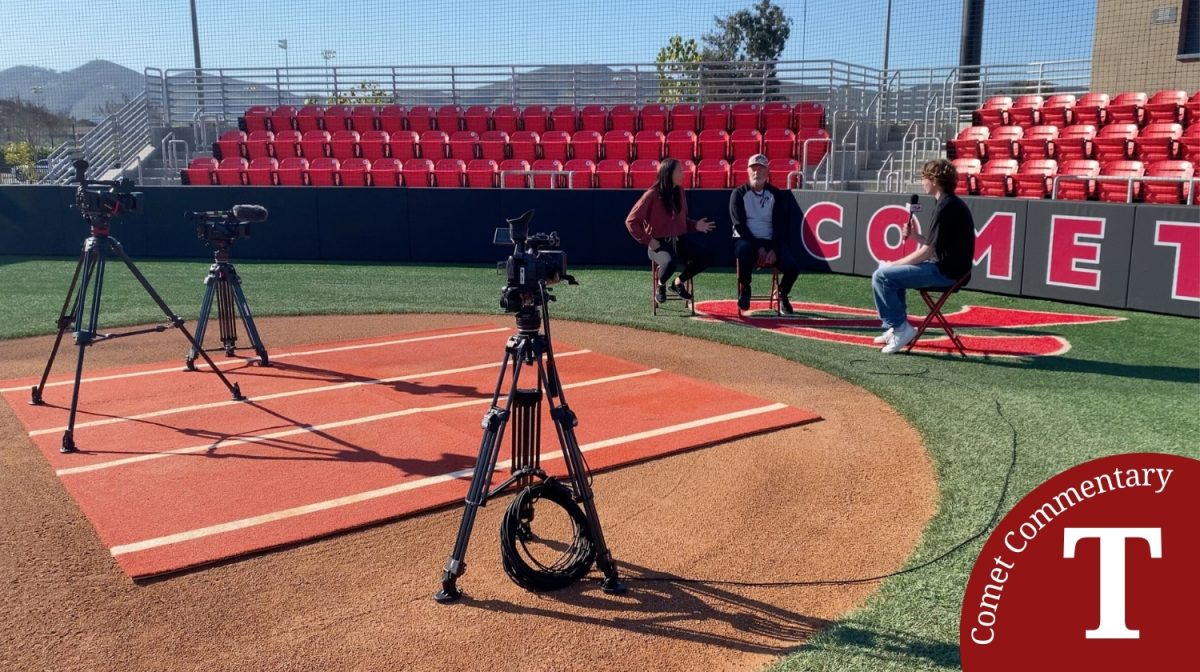There are people who willingly want to abuse or kill innocent people out of rage and there are people who simply do what is necessary to defend themselves and others.
The purpose of these body cameras is to accurately document these situations in order for them to be evaluated objectively to ensure the safety and accountability of police and the general public.
Most importantly is that the cameras must be rolling always.
Police and the public can not be forced to deal with cameras being forgotten, cameras accidentally being turned off, incidents happening too quickly for an officer to turn their camera on or police maliciously not turning their cameras on in order to get away with disorderly conduct.
For the safety of officers and the public body cameras must always be on and the footage must be scanned by an independent investigation company.
This will initially cost a great deal of money but will save money on shortening the length of police brutality and officer involved shooting trials.
Opponents of body cameras argue that body cameras’ intrusive nature causes police to be scared to do their job, but police should be scared about doing their job correctly.
Being an officer of the law is an enormous responsibility and as such police should be nervous about following the law. In regard to this police should also be valued for the responsibility they take but officers are not above the law.
With more police forces using body cameras more footage has become available that documents extreme situations with police including police brutality, justified shootings, questionable shootings and footage of officers going out of their way to save lives.
Body camera footage from Federal Heights, Colorado’s police department shows Cpl. Mark Magness pulling 48-year-old suspect Kent Lasnik out of a patrol car and dragging him on the way to his cell while Lasnik appears to be acting calm. Footage from inside Lasnik’s holding cell shows Magness on top of Lasnik beating him while he says “I’m sorry.”
Magness was later terminated and criminally prosecuted thanks to the use of police body cameras.
In the case of Curtis Deal, body cameras were helpful as the involved detective’s body camera clearly captured Deal lifting his gun at the officer before the detective fired four shots, stopping Deal before he could shoot.
Without this footage it would not be clear as to what happened the exact moments shots were fired.
Not only do body cameras provide solid evidence for officer involved shooting and incidences of police brutality but they also provide visual insight into the work of police.
On Jan. 22 of this year Norton, Ohio patrolman Brody Fratantonio daringly ran into an inflamed car wreck with the thought that he might save someone no matter the cost.
When Fratantonio arrived he found a 60-year-old man passed out and with the help of another officer cut him free only seconds before the car exploded.
Thankfully Fratantonio had his body camera rolling to catch this unbelievable story.
Moments like these allow everyone to get a better insight into the lives of police officers and hopefully build more trust between police and the rest of the community.
Even though videos still need to be interpreted, the evidence provided is much more clear to a jury than the word of the suspect and the word of the victim, especially if one of the parties no longer can speak for him or herself.





